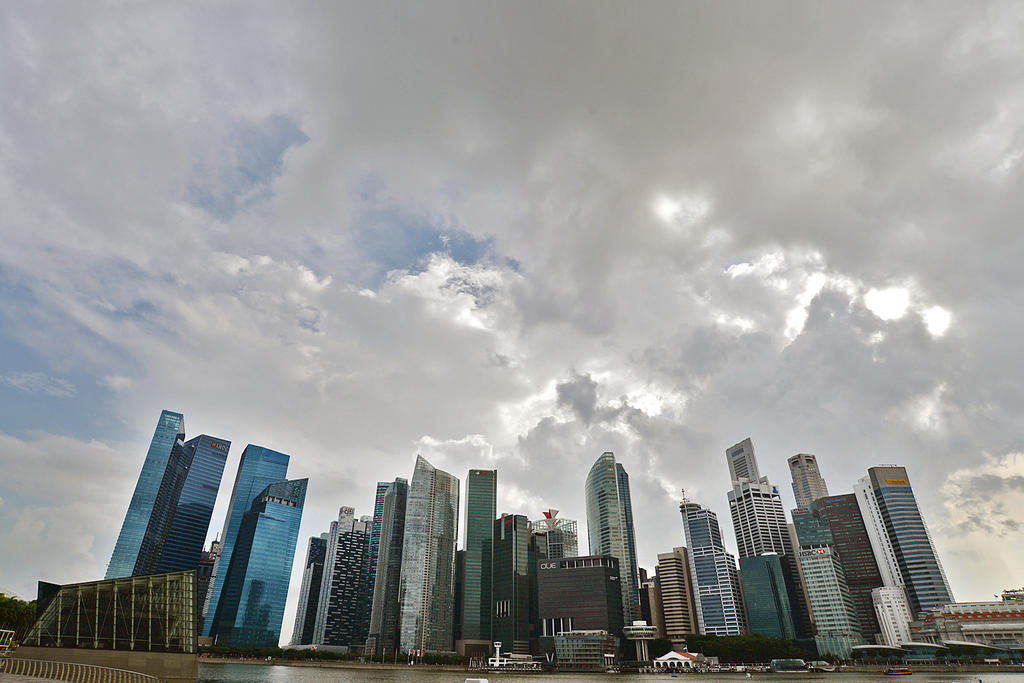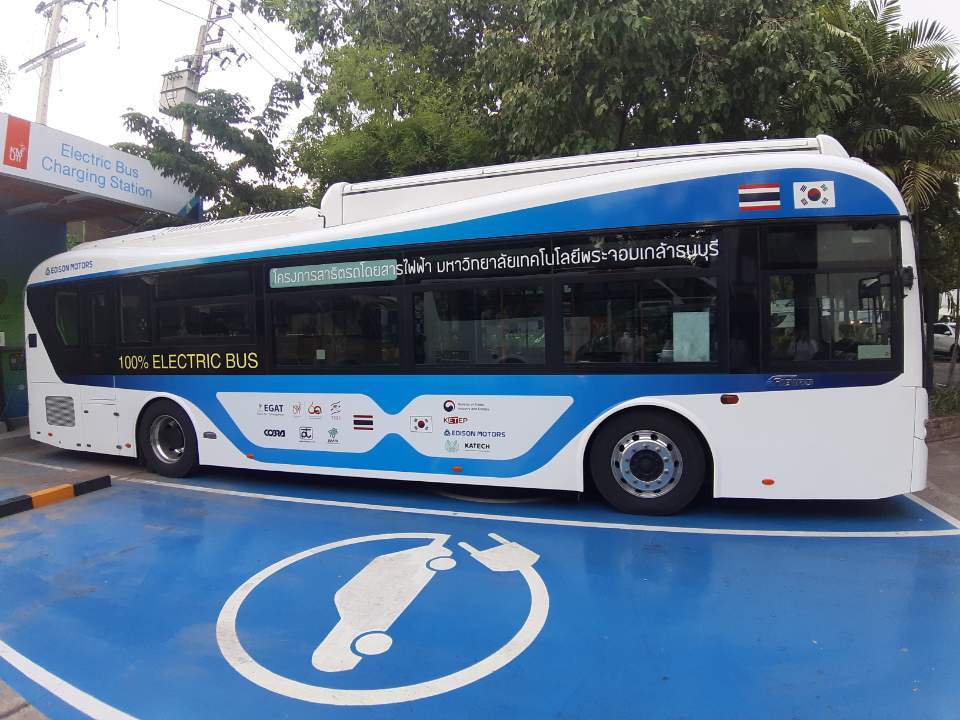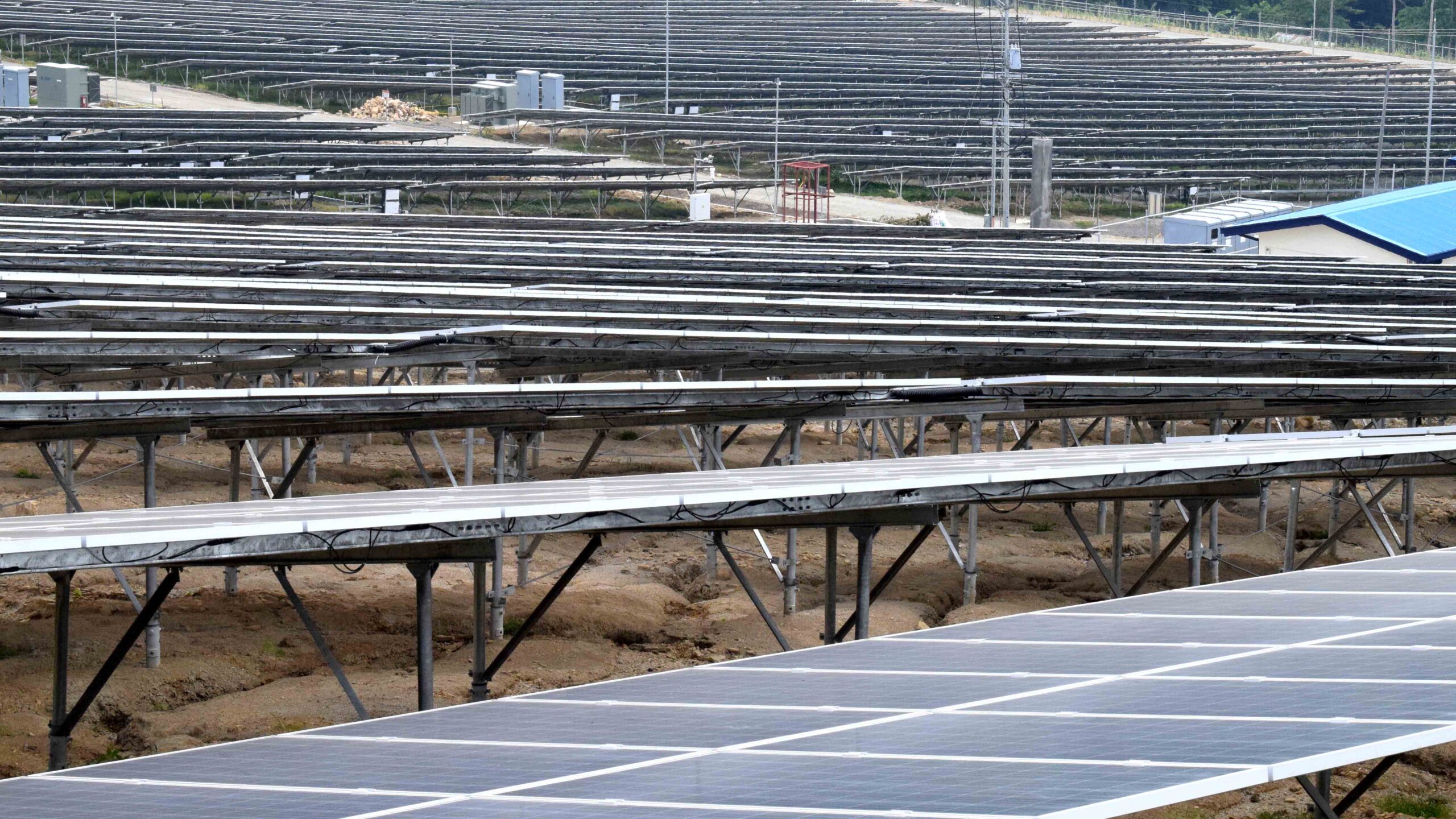SINGAPORE — The Government will use a combination of sources to fund the S$100 billion needed over the coming decades to mitigate rising sea levels caused by climate change, said the Ministry of Finance (MOF) in response to TODAY’s queries.
During Sunday’s (Aug 18) National Day Rally, Prime Minister Lee Hsien Loong outlined various climate change mitigation measures Singapore could undertake to protect itself against rising sea levels — which he called a matter of “life and death”.
Whether it is building polders — low-lying reclaimed land protected by embankments — reclaiming offshore islands or building dykes, Mr Lee estimates that all these will cost the Government about S$100 billion over the next 50 to 100 years.
Amid ongoing debates around the world on “intergenerational justice” with regards to funding climate change measures, an online survey conducted last month by Mediacorp had found that young Singaporeans and permanent residents here are split between getting the present generation to directly foot the bill via taxes, and tapping the reserves which have been described by government leaders and experts as Singapore’s “precious nest egg”.
TODAY explains the possible sources of funding.
WHERE WOULD THE MONEY COME FROM?
A “combination of funding methods” would be required, said an MOF spokesperson on Tuesday.
Three methods were cited by the ministry:
1. Small-scale infrastructure such as localised flood-proofing measures may be funded from the budgets of individual ministries
2. Larger, long-lived infrastructure could be funded by borrowing money to “better spread the spending among the generations which will benefit from the infrastructure”.
3. Under the existing framework, land reclamation costs — which would include building polders — could be drawn from the past reserves. These past reserves refer to the surplus funds accumulated during previous terms of Government, and they are protected by the Constitution.
1. TAXES, RETURNS ON INVESTMENTS
The first method of funding is straightforward and it would include the traditional methods of revenue generation such as taxes, as well as the returns and income generated from investing the reserves along with other assets by sovereign wealth fund GIC, the Monetary Authority of Singapore and state investment firm Temasek Holdings.
2. BORROWING WHICH ‘SPREADS THE COST’ OVER GENERATIONS
CIMB economist Song Seng Wun expects the second method of funding — which he said could involve borrowing through the issuing of Government infrastructure bonds — to be used more for climate change adaptation measures.
Bonds are sold to investors over a fixed period, and make regular payments to investors at an agreed percentage rate. When the fixed period is over, investors get their original money back. Government bonds tend to be popular as they are very safe, and bonds issued by the Singapore Government have been rated triple A by rating agencies.
The borrowing method was first mooted by Deputy Prime Minister Heng Swee Keat in the 2018 Budget as a means of funding some major infrastructure projects, as a way to spread out borrowing costs over generations.
While Singapore’s reserves are more than sufficient to fund S$100 billion, Singapore Management University’s law professor Eugene Tan said that borrowing would ensure “inter-generational equity”.
Given that future generations would benefit more from climate change adaptation measures, they may have to bear the burden of repayment, he said.
However, he cautioned that the divide between the present and future generations should not be overemphasised.
The present generation of Singaporeans would also benefit from an early start in climate change preparations as it would “give businesses confidence that whatever money they sink into Singapore… would not be underwater”, said Assoc Prof Tan.
3. USE OF THE RESERVES
Drawing down the past reserves in the event the current term of Government runs into a deficit requires approval from the President.
Under MOF’s existing framework, the past reserves are used to fund land-related projects, such as land reclamation, the creation of underground spaces such as the Jurong Rock Cavern, and land acquisition projects like the Selective En-bloc Redevelopment Scheme (Sers).
“This is a conversion of past reserves from one form (financial assets) to another (state land). The land and space that is created or acquired forms part of our state land holdings and is hence protected as past reserves,” stated MOF on its website.
It also said that such a method of spending does not constitute drawing down of past reserves as the proceeds derived, when such land is subsequently sold, go back to the past reserves.
Proceeds from land sales which accrue fully to the past reserves are also used for such land-related projects.
Hence, given that polders are a type of land reclamation, the ones being built at Pulau Tekong now, as mentioned by Mr Lee, and future ones that could be built as part of climate change adaptation measures could be financed from the reserves, said the MOF spokesperson.
The ministry said it is also studying other options for funding climate change adaptation measures.
Given that the building of coastal defences would be a major priority, analysts said that it is possible for the Government to tap the reserves more frequently in the future for such projects.
Given that the risks arising from rising sea levels are “life-threatening”, Mr Song believes they warrant the use of the reserves.
“It’s not like building an MRT station, or expanding a road or building a school or hospital. All these things are recurrent and can be adjusted. Whereas when a country, a nation’s life and economy is at risk, then that is a very different kind of criterion, which is what these built-up reserves are meant to be used as a buffer for the country,” he added.
Calling such spending “necessary”, Assoc Prof Tan said the use of reserves to build polders is a principled approach.
“We are really in a privileged position because we actually have the financial muscle to be able to not just start on climate change adaptation but also to sustain it. The bottomline ultimately is we need a fairly robust economy to be able to generate the savings to build past reserves,” he added.
Read more at https://www.todayonline.com/singapore/explainer-how-singapore-will-fund-its-s100-billion-effort-mitigate-climate-change-effects







 “Edison — together with the Thai government and university — is testing whether its bus is suitable for very hot climate and traffic congestion like Bangkok,” said Kitchanon Ruangjirakit, a lecturer in the department of mechanical engineering at King Mongkut’s University of Technology Thonburi.
“Edison — together with the Thai government and university — is testing whether its bus is suitable for very hot climate and traffic congestion like Bangkok,” said Kitchanon Ruangjirakit, a lecturer in the department of mechanical engineering at King Mongkut’s University of Technology Thonburi.




